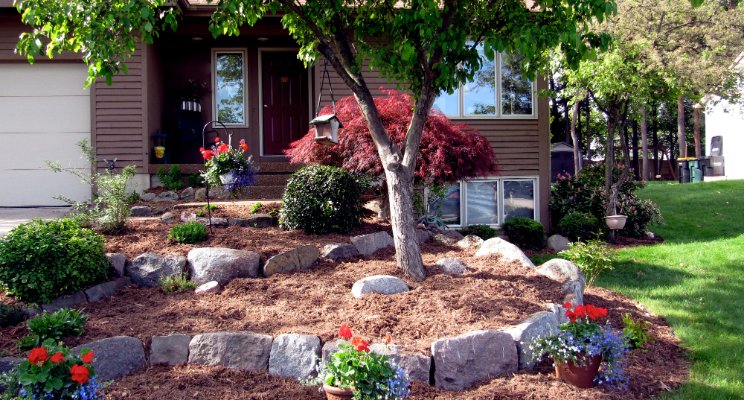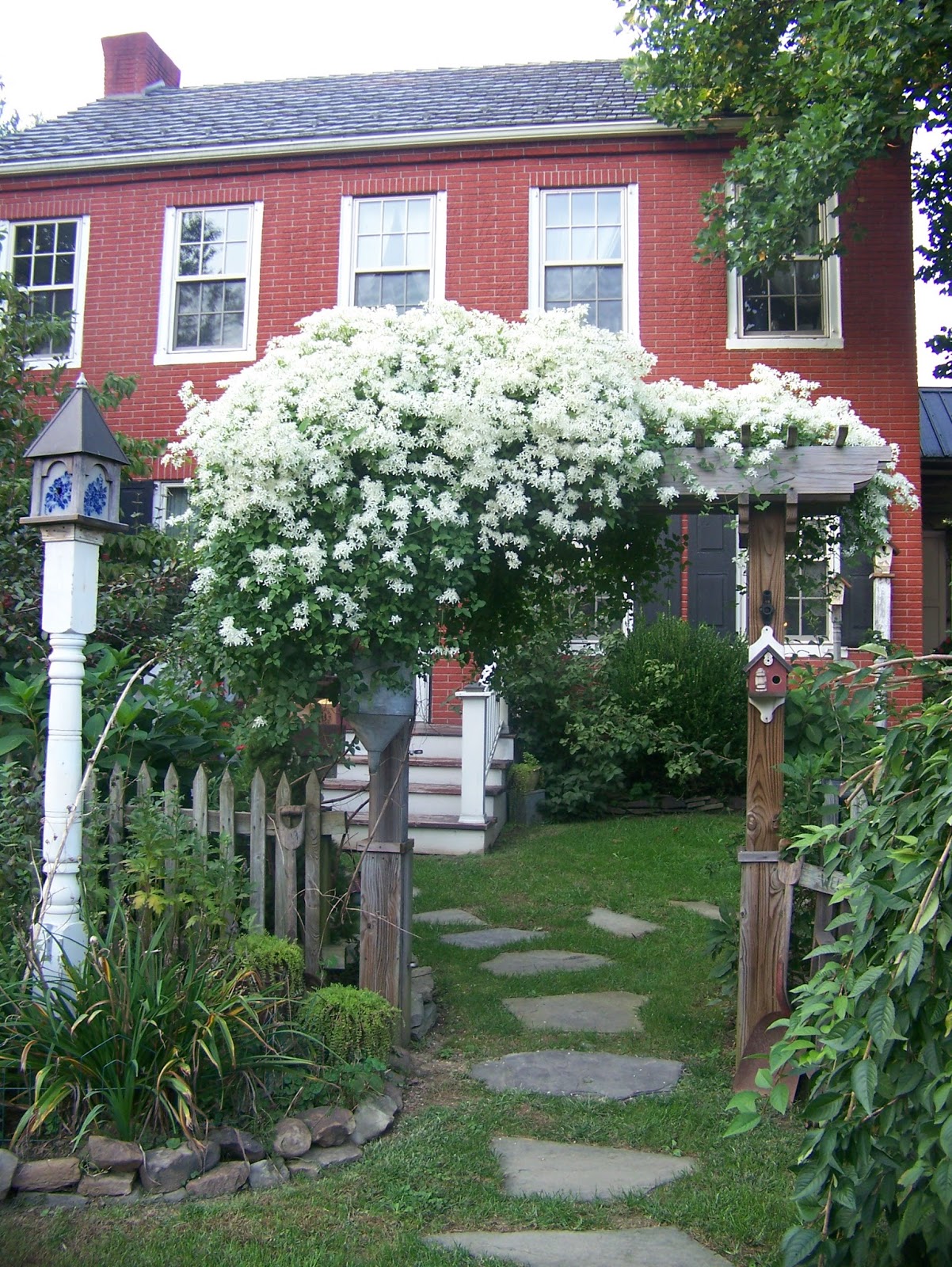5 Tips to Keep Your Plants Healthy During the Summer Heat
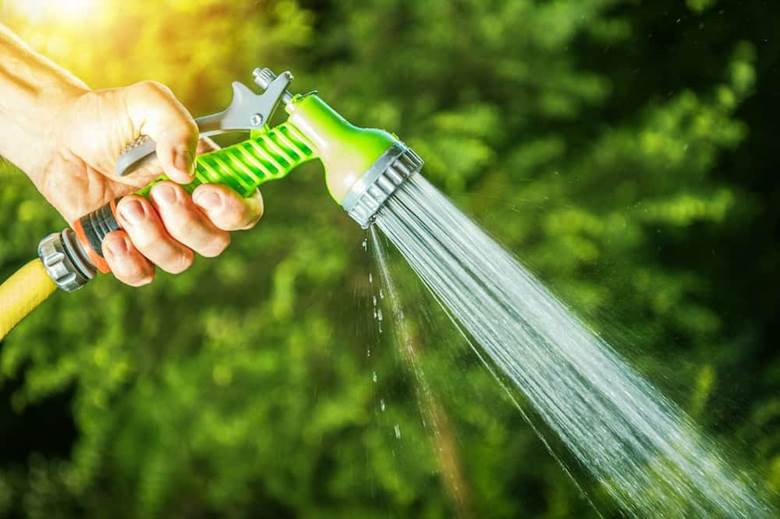
Summer heat undoubtedly takes a toll on everything, and plants are not an exception!
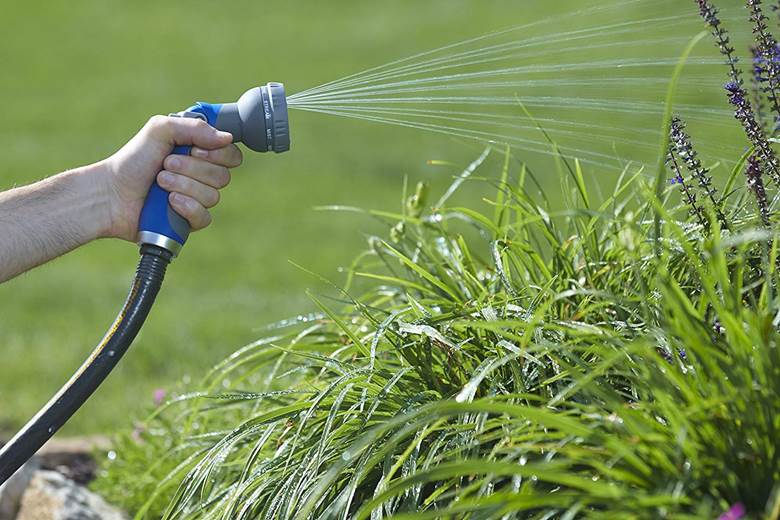
Photos By: Unsplash and Freepik
Whether you are tending to a few houseplants or growing an entire outdoor garden, you should do everything possible to keep your plants healthy throughout the ravaging summer heat. While some plants, such as cacti and succulents, are adapted to high temperatures, most indoor plants aren’t acclimated to extreme summer heatwaves. With temperatures expected to surpass 90 degrees, the following tips can help you prepare your plants to handle the summer heat.
1. Time Your Watering
Watering your plants early in the morning and late in the evening is beneficial for your plants and your mental well-being. You should water your plants between 6 am and 10 am, just before the heat sets in. This gives your plants enough time to absorb the sufficient water required for healthy growth. If you can’t water them in the morning, the next suitable time is between 4 and 7 pm.
Unless your area experiences an arid climate, you shouldn’t water your plants at night. Exposing them to cold and wet conditions at night encourages the growth of bacteria and fungi and infestation of sowbugs, slugs, snails, earwigs, and other forms of pests. If watering them in the morning or evening is impossible, you can water them during midday, as any amount of water is better than none.
Note that the popular belief that watering plants during a hot sunny day causes sunburns that damages your plants has been proved to be untrue. Sunburn, which commonly appears as yellow or bleached areas of leaves of young, heat-sensitive plants, is caused by excessive exposure to sun and not water droplets. Therefore, while there are several good reasons you shouldn’t water your plants under the blazing sun, leaf scorch isn’t among them. Watering in the morning is good as the air and soil are cool, which minimizes risks of evaporation. There is also no wind, thus avoiding water wastage through wind drift.
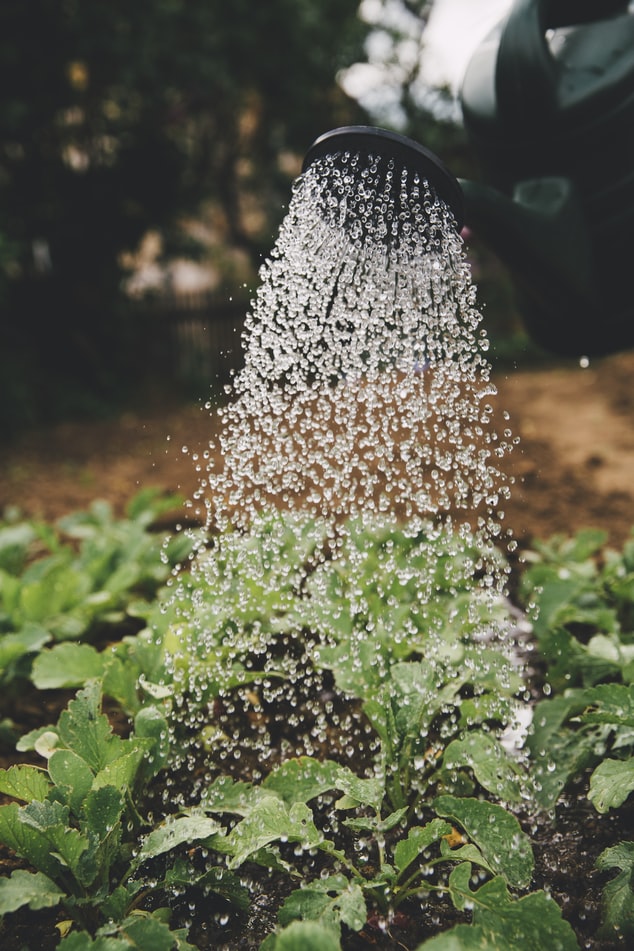
2. Water Well and Deeply
Like human beings, plants, especially outdoor container plants and new plantings without an established roots network need sufficient hydration during the summer heat. Unlike in-ground plants, container plants, particularly those grown in small pots, baskets, and clay pots lined with sphagnum peat moss or coco fibers, are highly susceptible to drying. That said, such plants require special attention, such as everyday watering, during this period. As a rule of thumb, always water every time the first 2-inches of container soil appears dry. Note that you will have to water frequently if the plants are in a smaller or porous potting. On the other hand, annual and perennial plants grown in-ground can benefit from watering three times per week. When watering, ensure that you allow water to penetrate the soil slowly. This encourages roots to propagate deeper and stronger.
3. Shield Heat-Sensitive Plants from Sunlight
The strong summer heatwave can be tough for new transplants as they haven’t fully developed a strong root system. If your backyard plants are in potters, move them into a partially shaded area to protect them from the strong afternoon sun. Transplants that have matured enough to be planted in the ground should be hardened off. Also, transplant them into an area in the garden with dappled light or has an afternoon shade.
A pro tip is to grow them next to tall annual or deciduous perennials that can offer them some cover. You can use a shade cloth to protect in-ground plants. Shade clothes block some amount of sun, called the shade factor.
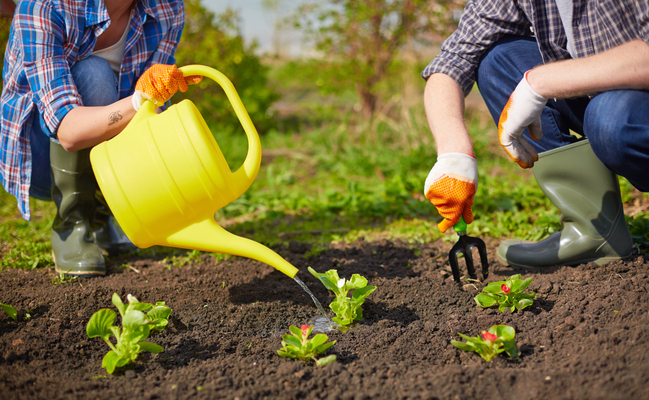
4. Learn to Recognize Stress
It is also important that you learn how to recognize signs of stress from your plants. The key to keeping them healthy is identifying and mitigating these problems early before they ravage your indoor and outdoor plants. Common signs of heat stress include;
- Tropical plants with tender leaves often wilt when overexposed to heat
- Foliage might turn from bright green to pale under stress
- Sunburns can manifest in various ways
- Flowers and leaves might turn yellow or drop off.
5. Conserve Water through Mulching
Mulching is the best way to maintain the hydration levels of your lawn. Applying a layer of mulch on soil promotes water retention by minimizing evaporation caused by excessive heat. It also prevents water runoff when watering the garden. The trick is ensuring that you don’t use excessive mulch as it makes it hard for water to penetrate the soil.
Bottom Line
Your garden plants can remain healthy and shine amidst the tough summer season. As you observe these and other tips, there are some things that you shouldn’t do as well. For instance, you should discontinue or minimize fertilizing plants, avoid overhead watering, and do your best to prevent pest infestation. Note that pests, such as whiteflies, become more notorious during these weather conditions. If your garden appears infested, engage the services of the best pest removal company to keep your plants healthy.


